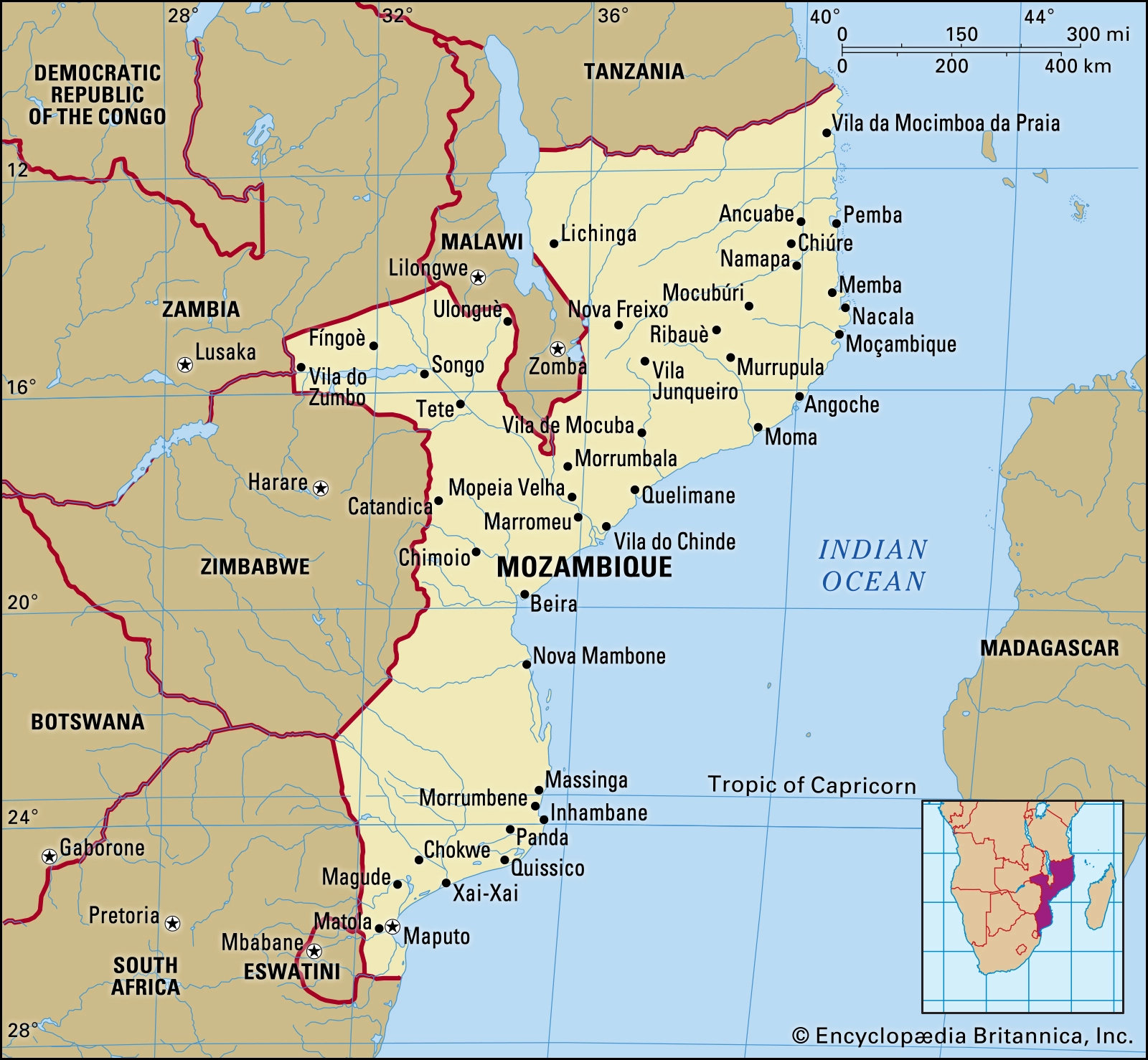The Cahora Bassa Hydroelectric Plant (HCB) and the International Finance Corporation (IFC) are teaming up.
They plan to build a big solar power plant in Tete province, Mozambique. They have signed an agreement for an early study to make sure it’s a good idea.
The solar plant aims to add more clean energy in Mozambique. It will also help HCB make more electricity overall.
The plant will be in Matambo, a part of Tete province in the center of Mozambique. First, they will figure out the main details like size and design.
They will also check if it’s safe for people and nature.
Tomás Matola, the head of HCB, says the new plant fits with their goal to make different kinds of energy.
By 2032, they aim to make about 4,000 MW of power, including this solar plant and other projects.
Kátia Daude, the IFC’s temporary boss in Mozambique, says more reliable energy is key for the country’s growth.

Working with HCB, the IFC aims to make Mozambique a big energy maker in the region.
This solar plant helps meet Mozambique’s promise to use more clean energy. They made this promise at an international meeting called COP26 in 2021.
The energy made will help both Mozambique and nearby countries. Although Mozambique has a lot of energy sources, not many people can use electricity.
Right now, less than 40% of people in Mozambique have access to it.
HCB is a big energy maker in Mozambique and even sends power to other countries like South Africa and Zimbabwe.
Background
Mozambique has struggled with energy access for a long time. Less than half of its people can use electricity from the grid.
For years, the country has mainly relied on Cahora Bassa Hydroelectric Plant for power. It’s one of the biggest energy producers in the southern part of Africa.
This isn’t the first time Mozambique is focusing on renewable energy. The government has plans to boost the share of clean energy.
They pledged at COP26 to make 62% of their energy renewable by 2030. These new projects, like the solar plant, are steps to achieve that goal.

